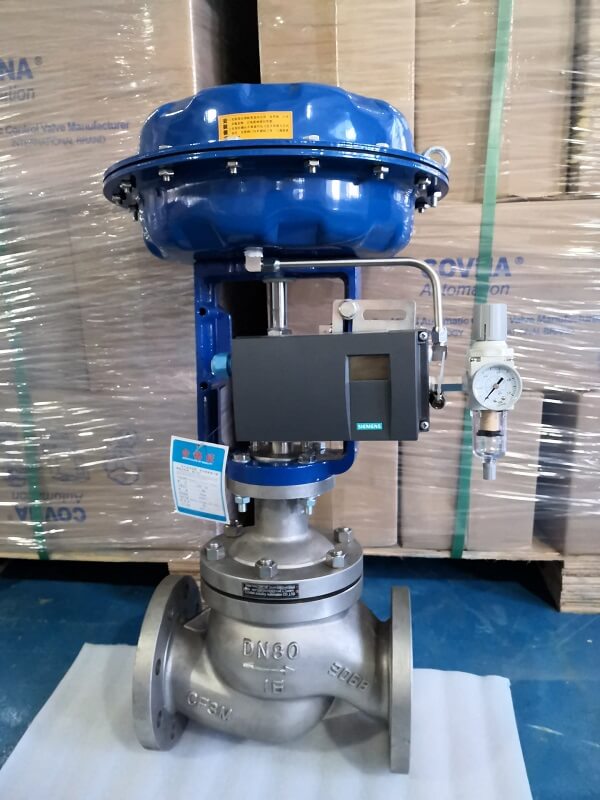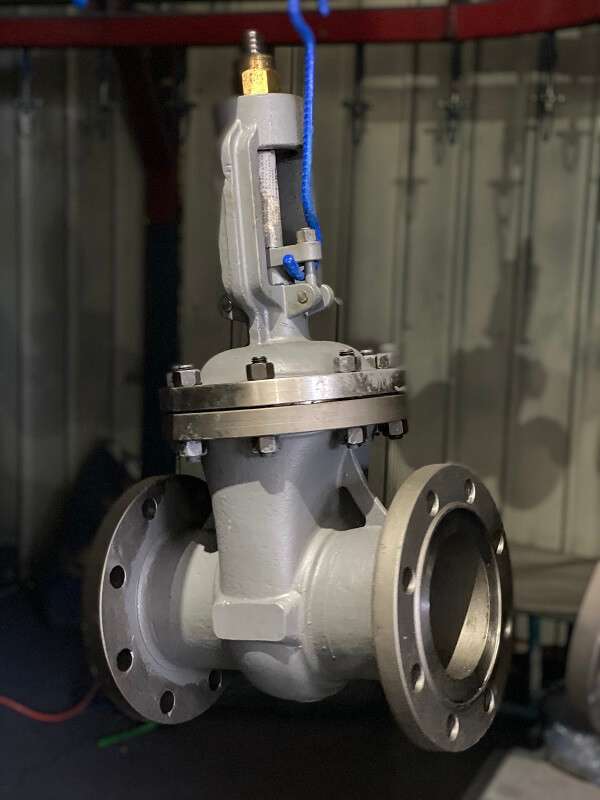Valve selection is based on the operation and safety and economic rationality, comprehensive balance of comparison of the empirical results. The following raw conditions must be present before selecting the Valve:
1. Media
1.1 The State Of The Medium
1.1.1 The medium state of a gaseous medium includes the relevant physical property data, whether a pure gas or a mixture, whether there are droplets or solid particles, and whether there are components that are liable to condense
1.1.2 The Medium State Of A Liquid Medium Includes:
1.2 With respect to physical property data, whether a pure component or mixture contains volatile components or dissolved gases that can be separated out to form a two-phase flow at reduced pressure, whether it contains solid suspensions, and the viscosity, freezing point or pour point of the liquid, etc.
1.3 Other properties, including corrosiveness, toxicity, solubility in valve construction material, flammability, explosive, etc. These properties sometimes not only affect the material, but also cause special structural requirements, or the need to improve the pipeline level.
2. Operating Conditions
2.1 Under normal operating conditions of temperature and pressure, combined with operating conditions during start-up, shutdown or regeneration.
a. The pump outlet valve should consider the pump’s maximum closing pressure and so on.
b. When the system regeneration temperature is much higher than the normal temperature, but the pressure has been reduced, for this type of system, to consider the combined effect of temperature and pressure.
c. The degree of continuity of operation: That is, the valve opening and closing frequency, also affects the degree of wear requirements, switching more frequent system, should consider whether to install a double valve.
2.2 Pressure Drop Allowed By System
a. The system allows a small pressure drop, or allow a large pressure drop without the need for flow regulation, should choose a small pressure drop valve, such as Gate Valve, through the ball valve.
b. Need to adjust the flow, should choose better regulation performance, with a certain pressure drop valve pressure drop in the proportion of the whole pipe pressure drop and regulation sensitivity.
2.3 Valve Environment: in cold areas of the outdoor, especially for chemical media, body material generally can not be cast iron and should choose cast steel or stainless steel
3. Valve Function
3.1 Shut off: Almost all valves are shut off. Ball valve, butterfly valve can be match your requirements.
3.2 Change of flow direction: two-way L-shaped or three-way T-shaped ball valve or cock can quickly change the flow direction of media, and because one valve plays the role of two or more through valves, can simplify operation, so that the switch is accurate, and reduce the amount of space it takes up.
3.3 Regulation: globe valve, plunger valve can meet the general flow regulation, needle valve can be used for micro fine regulation; in a larger flow range of stable pressure, flow regulation, throttle valve is appropriate.
3.4 Non-return: Check valve is available to prevent reverse flow of media.
3.5 Valves with additional functions can be selected for different production processes, such as valves with jacket, drain port and by-pass, and valves with air blowing port to prevent the settling of solid particles.
4. Driven Of The Valves
On-site operation of the majority of the valve with the hand wheel, with a certain distance from the operation, can be used sprocket or lengthened rod. Some large-bore valves have motors in their design due to excessive start-up torque. In the explosion-proof zone to use the corresponding level of explosion-proof motor. Remote control valve: There are pneumatic, electric power and so on. It is recommended to choose according to the need and the energy available.
Post time: Nov-25-2021






